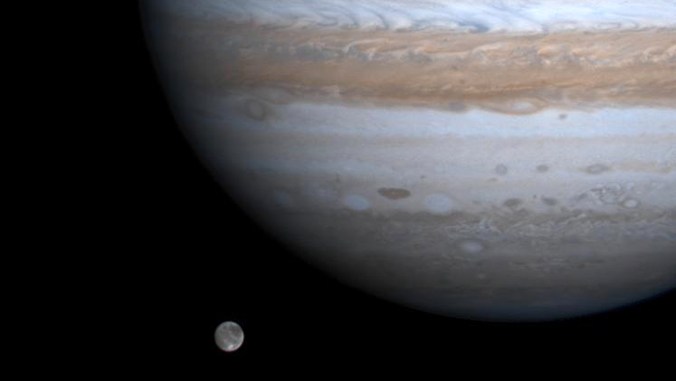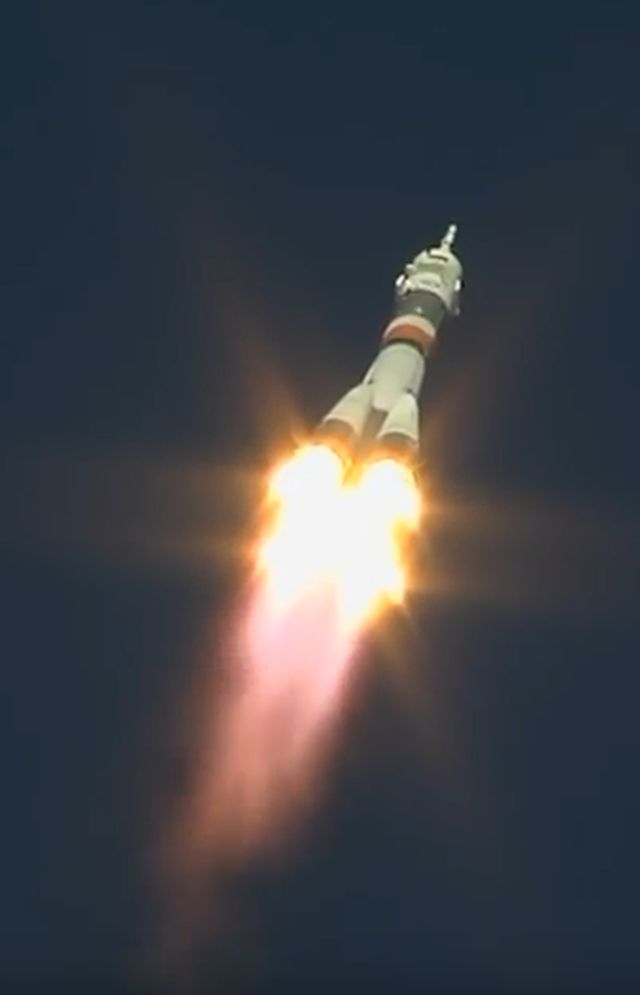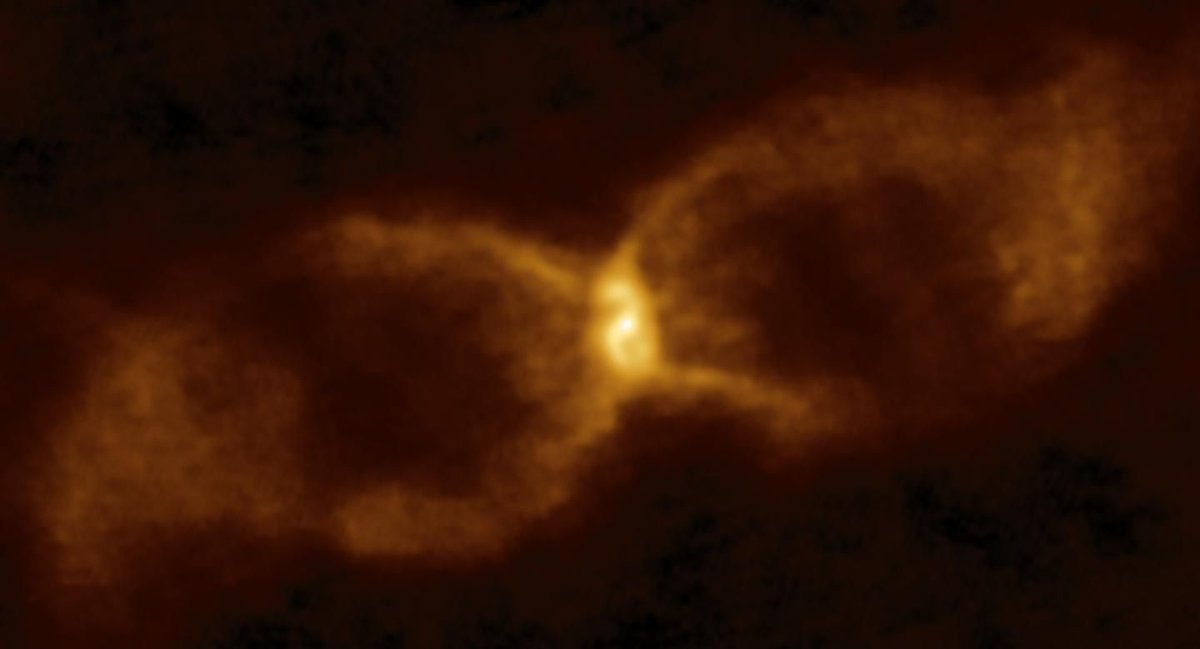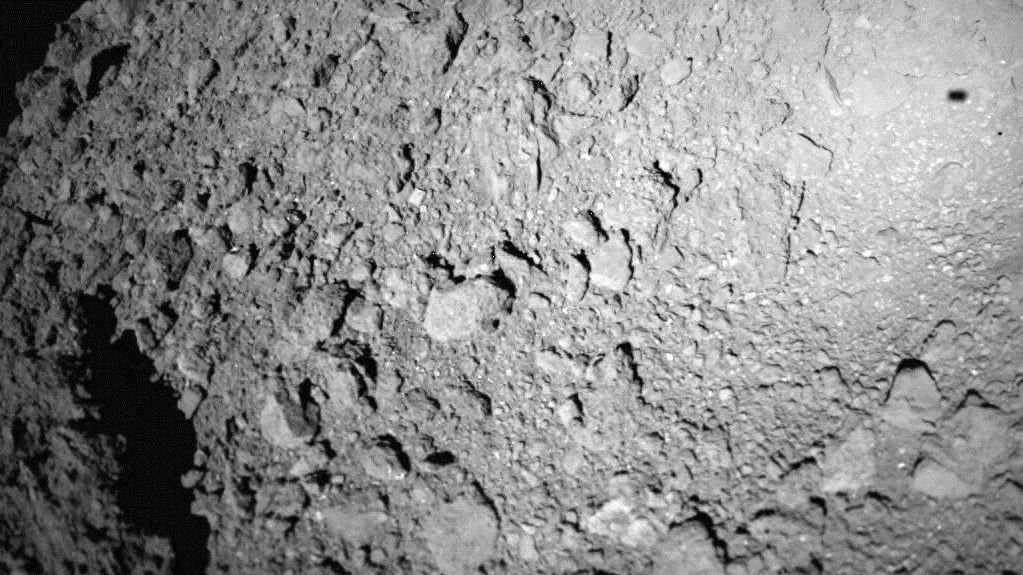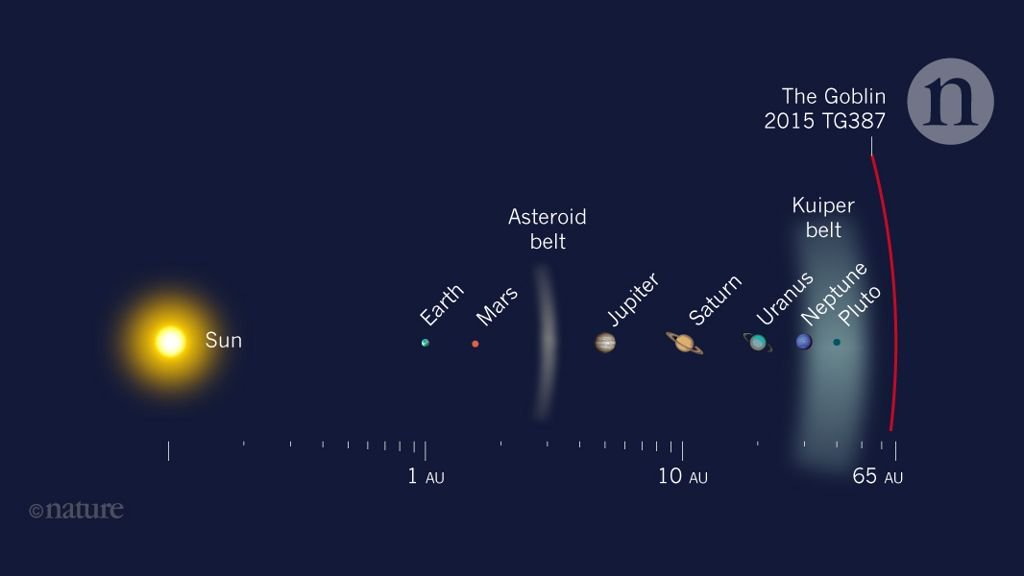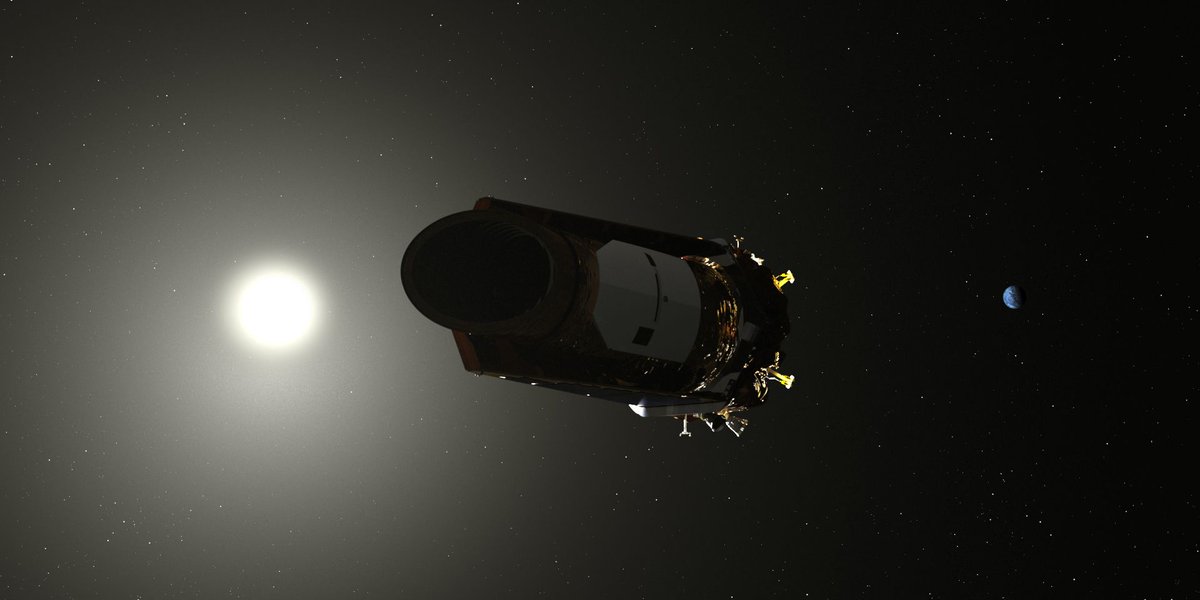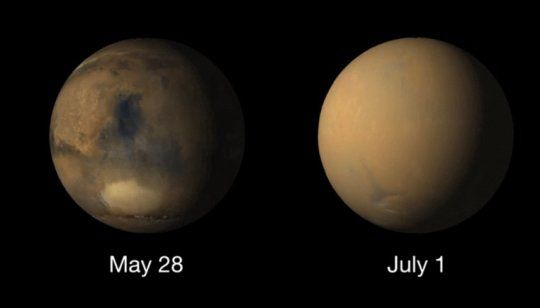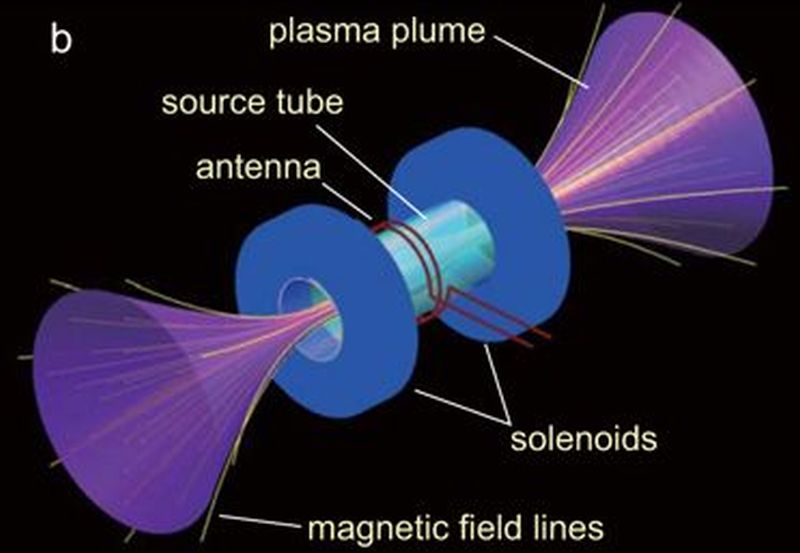Ganymede was shaped by pronounced periods of tectonic activity in the past, according to a new paper. It’s no longer active and its surface is more-or-less frozen in place now. But this discovery opens the door to better planning for future missions to Jupiter’s other frozen moon Europa. Unlike Ganymede, Europa is still tectonically active, and understanding past geological activity on Ganymede helps us understand present-day Europa.
Even Ganymede is Showing Tectonic Activity. We’re Going to Need Another Icy Moon Orbiter
